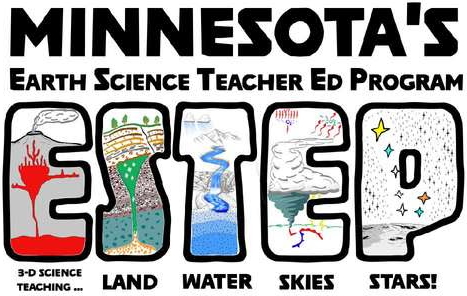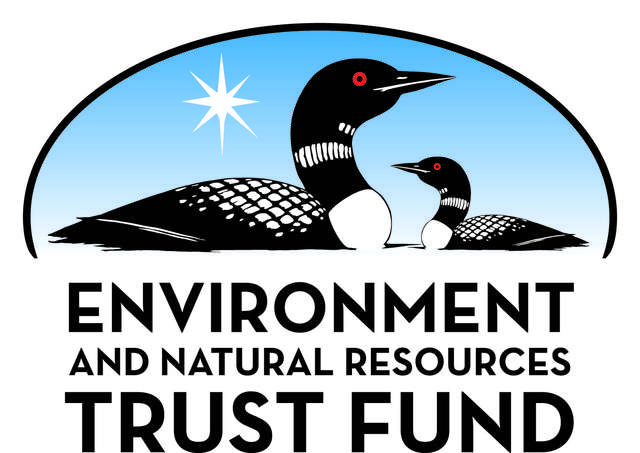Top > In the News... > Final Call: For Schools and School Districts - Student Spaceflight Experiments Program (SSEP) Mission 8 to the International Space Station
Final Call: For Schools and School Districts - Student Spaceflight Experiments Program (SSEP) Mission 8 to the International Space Station
The National Center for Earth and Space Science Education and the Arthur C. Clarke Institute for Space Education invite schools, school districts, and community colleges to explore participation in Student Spaceflight Experiments Program (SSEP) Mission 8 to the International Space Station. This STEM education opportunity immerses grade 5-14 students across a community in an authentic, high visibility research experience, where student teams design and propose real microgravity experiments to fly in low Earth orbit on the International Space Station (ISS). The program nurtures ownership in learning, critical thinking, problem solving, navigation of an interdisciplinary landscape, teamwork, and communication skills – all reflective of the Next Generation Science Standards, and reflective of the skills needed by professional scientists and engineers.
Each community participating in SSEP is provided a real research asset – a flight certified, straightforward to use microgravity research mini-laboratory, and launch services to transport the mini-laboratory to ISS. It is a limited research asset given that the mini-laboratory can only contain a single student team designed microgravity experiment. An astronaut aboard ISS will conduct the experiment, and after a 6 to 12-week stay in orbit, the experiment will be returned safely to Earth for harvesting and analysis by the community’s student flight team.
Mirroring how professional researchers formally compete to obtain limited research assets, the participating community carries out a “call for proposals”. More specifically, the community conducts a local Flight Experiment Design Competition. First, a core group of the community's STEM educators engage typically 200 students in a microgravity curriculum provided by the Center. The students are then separated into teams of typically 3-5 students per team, with each team vying for the community’s single flight experiment slot by designing, then formally proposing, a microgravity experiment in a science discipline of their choice. Their experiment design is constrained by the operation of the mini-laboratory, and flight operations to and from Low Earth Orbit. The competition is conducted through formal submission of real (but grade level appropriate) research proposals by the student teams – as is standard practice for professional researchers. A minimum of 40 flight experiment proposals are typically secured across a single community.
A formal 2-step proposal review process, mirroring professional review, will determine the community’s flight experiment. Content resources for teachers and students support foundational instruction on science in microgravity and experimental design. Additional programming leverages the experiment design competition to engage the community, embracing a Learning Community Model for STEM education. This includes a local art and design competition for a Mission Patch to accompany the flight experiment to Space Station. SSEP therefore provides for a community-wide STEAM experience.
TIME CRITICAL: all interested communities are asked to inquire by December 15, 2014; schools and districts need to assess interest with their staff and, if appropriate, move forward with an Implementation Plan. Communities must be aboard by February 16, 2015, for a 9-week experiment design phase February 23 to April 24, 2015, and flight experiment selection by May 28, 2015. Flight of the selected experiment to ISS is expected in Fall 2015.
Contact: Dr. Jeff Goldstein, SSEP Program Director; 301-395-0770;









 Minnesota science teachers should know about:
Minnesota science teachers should know about: